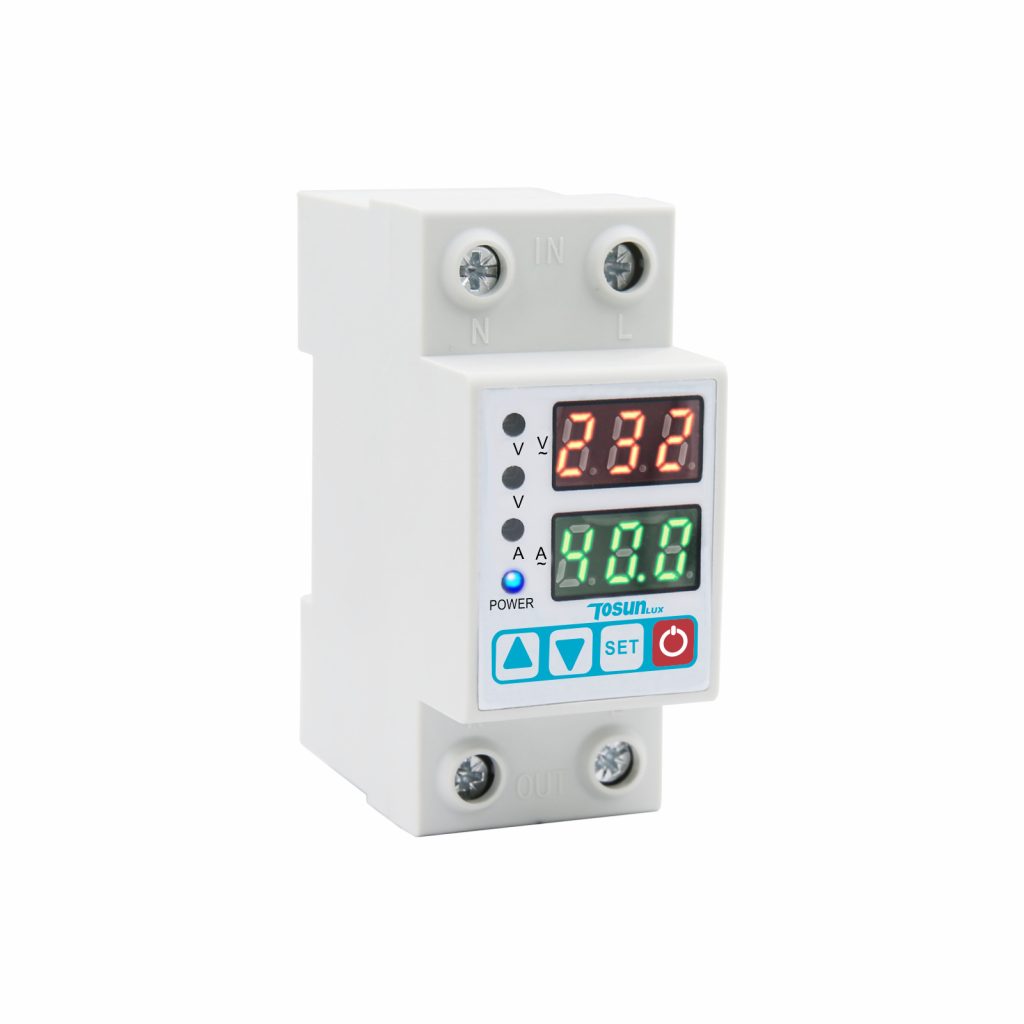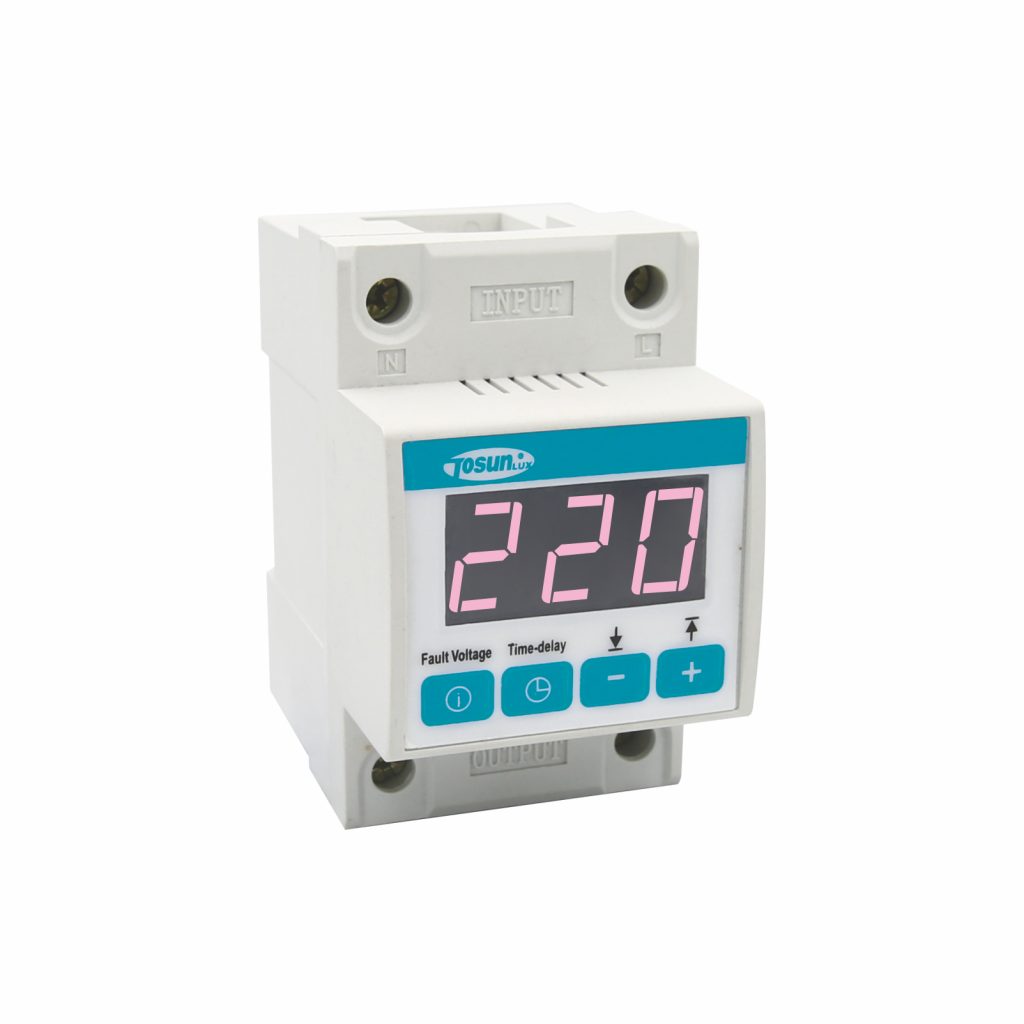What Protects Against Over And Under Voltage?
Table of Contents
ToggleIf you want to protect your electrical equipment from damage, you need to manage voltage fluctuations. There is a specific voltage or current supplied to every household and industry.
However, sometimes due to natural or man-made causes, the voltage can fluctuate. It can either lead to under-voltage or overvoltage. Both things can affect the electrical equipment.
Overvoltage is the potential difference between the input voltage and the output voltage. When the voltage at the interface between electronic components exceeds the design voltage, this is called overvoltage. The potential difference can either be transient or permanent, depending upon its duration. Overvoltage has many consequences, including equipment damage, short circuit, circuit damage, etc.
Under voltage is a situation in which the electric power supply is lower than the standard supply. Although it is not as dangerous as over-voltage, it will pretty much render the electrical equipment useless as there is not enough power to make it work.
For example, the light will start flickering, and devices will stop working. In order to prevent voltage fluctuation and protect your equipment, you need to use over and under-voltage protection systems.
What is Over and Under Voltage?
Understanding what is over and under-voltage protection is very critical for you to maintain your electrical appliances and other electronic devices that have circuits and wiring in them.
The overvoltage protection is needed so that when there is an overload or too much electricity, some current will be conducted instead of damaging the appliance.
When too much voltage is introduced into the circuit, this overload can lead to too much heat building up in the motor, and then a short circuit will occur. It can damage the equipment can cause fire hazards as well.
If the amount of voltage dropped from the appliance is too much, you need to reverse the direction of the current going in the circuit by using the overload relays. If it is excessive over and under voltage, sometimes the flow reversal can be reversed, and the circuit can be restored to its original state.
The overload relays are used with the low-voltage relays in the protection circuit. You should test the protection if you are not sure what is over and under-voltage protection is needed.
Over and Under Voltage Protection System:
There are many different devices you can use to protect your electrical equipment from over and under-voltage.
In the world of electrical engineering and electronics, you can find a voltage regulator that can control over and under-voltage. This type of device is called a voltage regulator or voltage protection system.
It is used in conjunction with a device called a protection diode. The VAR will limit or stop certain voltage levels that result in injury to individuals, equipment or even buildings.
If you are exposed to an excessive amount of voltage for any reason, you should be extremely careful because over and under voltage can lead to severe burns, permanent scarring, permanent brain damage and death in extreme cases.
These voltage regulators can come in two forms. One type is a switching device that will regulate the amount of electricity flowing through the circuit. The second type is a ground fault conditioner. While both types will effectively protect against over and under-voltage, the switch will offer a safer option in high-risk situations.
A protection diode will convert excess voltage to electricity and cut power to the power cord if over the limit is reached. Many people automatically turn their protection diode on when they detect a problem, but there are others that do not have this built-in safety feature. If you want to make sure your system is protected at all times, a protection diode is a great option.
Tel: +86-577-88671000
E-mail: ceo@tosun.com
Skype: tosunelectric
Wechat: +86-139 6881 9286
WhatsApp: +86-139 0587 7291
Address: Room No.1001 Wenzhou Fortune Center,Station Road, Wenzhou, China
REQUEST A QUOTE
WhatsApp us
 : +86-139 0587 7291
: +86-139 0587 7291 English
English Español
Español Русский
Русский Français
Français العربية
العربية Português do Brasil
Português do Brasil Українська
Українська Türkçe
Türkçe Polski
Polski Nederlands
Nederlands Italiano
Italiano Bahasa Indonesia
Bahasa Indonesia हिन्दी
हिन्दी اردو
اردو አማርኛ
አማርኛ Հայերեն
Հայերեն ไทย
ไทย Монгол
Монгол فارسی
فارسی Shqip
Shqip Ελληνικά
Ελληνικά




